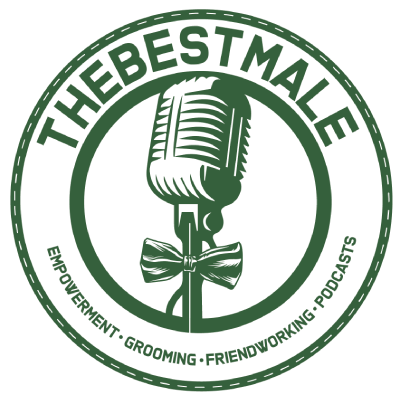Grooming, being a purposeful act, has its origins rooted in the very mores of the societies in which we find ourselves.
What holds as true as a standard for grooming in one society may vary slightly or considerably in another. Although a “cultural thing” primary care in grooming has its origins in the household where we were once groomed by our parents or caretakers. How we groom can be easily answered and understood but only after we address the latter- Why we groom? Grooming is a form of presentation. In grooming a particular way we set out to make an impression of some kind. In knowing what is required of us, let’s say in the workplace, we are mindful of certain social etiquette and, in wanting to be a member of the culture and community; we take the necessary steps to show that by modeling, more or less, the grooming techniques of our peers. Simple.
Now for the former- How do we groom? We start, at least we should, by looking at ourselves and assessing that which is required in putting forth a good impression of ourselves. Toiletries. What toiletries one uses should be properly matched for one’s skin sensitivity ad well as liking. Having a sense of proper balance and application is important. And this is where those who came before you and know how comes in.
Much like being shown how to shave or knot a tie, having that kind of rapport can prove essential. Hair Salons/Barbers. Knowing what’s fitting for you -And- the environment in which you will, let’s work, is important. To be a part of a team you must be willing to play by the rules. Sacrifices oftentimes, if you look closely, leads to gains. When grooming always leave some “room to expand.” Avoid being over the top but seek that middle ground known as moderation. Much like driving: knowing the “speed limit” and the nuances when navigating that marvelous road of grooming will help you to avoid unnecessary pitfalls, and at the same time give you a sense of connectedness with your peers and those who seek to model you.
Thank you. Dr. MEIME.

